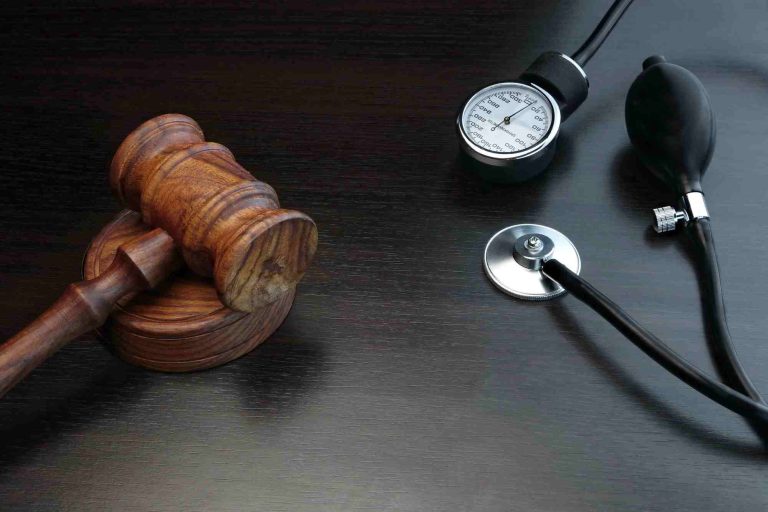When you’ve been the victim of personal injury, filing a personal injury lawsuit may be your only way to recover damages for your pain and suffering. However, filing a case is not as simple as it seems.
Personal injury cases adhere to specific steps that must be followed in order for everything to go smoothly. So, are you curious to understand how to file a personal injury lawsuit? If so, just keep reading.
Understanding Personal Injury
A personal injury occurs when a person suffers physical, emotional, or economic loss due to an accident or injury caused by another person. Injury lawsuits are filed in civil court, and personal injury attorneys handle such cases on behalf of their clients. A lawyer can help you recover damages for your injuries.
An experienced personal injury lawyer can help you determine which steps must be followed in order to file a personal injury lawsuit and take care of all necessary paperwork.
The Steps to Filing a Personal Injury Lawsuit
An injury suit follows three basic steps: filing a complaint, discovery, and trial. One of the first things that will happen after you retain an attorney to handle your case is that they’ll file a complaint on your behalf.
1. File a Complaint
A personal injury complaint alleges that your injuries are the result of another person’s negligence. It also states how it happened and asks for financial compensation.
Depending on the details of your personal injury claim, the case could be very basic or very complex. They are usually fairly straightforward.
Once a personal injury complaint is filed, other defendants in the case will be notified and given a chance to respond. These other defendants may include individuals who were also negligent or insurance companies that are responsible for compensation.
2. Discovery
Once potential defendants receive word of the personal injury complaint through service of process, your personal injury attorney will proceed with discovery.
Discovery is a pre-trial phase during which your personal injury lawyer can gather evidence to support their claims. Also, defendants can uncover information about the plaintiff’s suit in order to build a strong case for themselves.
3. Trial Phase
Once discovery ends, the case can proceed to trial. During this last phase, both parties have an opportunity to present their evidence and arguments in court. The jury then decides whether the plaintiff deserves compensation for his injuries based on the facts of the case.
For more information on understanding personal injuries and how to handle them, click the highlighted link.
Following the Three Steps of Filing a Personal Injury Lawsuit
The steps to a personal injury lawsuit are pretty straightforward. Once you’ve contacted an attorney, they’ll handle the bulk of the process for you.
Your duty then is to let your legal counsel handle things for you. By doing so, you’ll have a greater chance of winning compensation from the insurance company.
If this content was interesting, we’re confident that you’ll enjoy our other articles. Continue browsing our website to read other informative topics.
Apart from this, if you want to know about Steps to Take After You Sustain an Injury at Work then please visit our Business category

